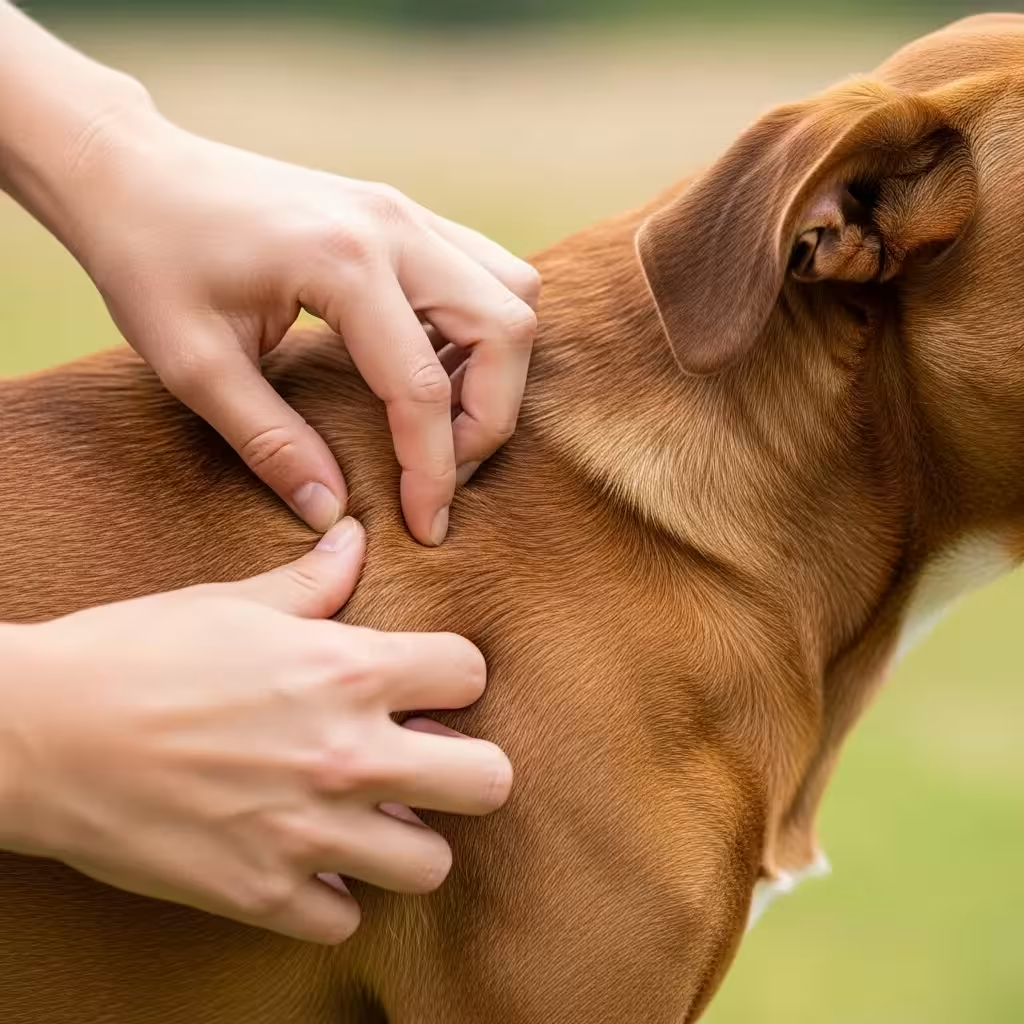
Conclusion: Your Next Steps to Responsible Ownership
Choosing one of these relatively healthy dog breeds is an excellent first step, but it’s only the beginning. The health and happiness of your large dog will ultimately depend on your commitment to proactive, informed pet care. Remember that “healthy” is about reducing statistical risk, not eliminating it entirely. Every dog is an individual, and your partnership with your veterinarian is your most valuable asset.
By prioritizing a lean body condition, providing breed-appropriate exercise and enrichment, and staying vigilant with preventative care, you can create the best possible future for your powerful and loving companion.
Your Action Plan:
This Week: If you are currently researching breeds, reach out to a breed-specific rescue organization. The volunteers have immense, real-world experience with the breed’s health and temperament. If you already have a large dog, take five minutes to assess their Body Condition Score honestly. Can you feel their ribs? Do they have a waist?
Discuss with Your Vet: At your dog’s next appointment, have a specific conversation about their ideal adult weight. Ask about any breed-specific screening tests that might be recommended for them as they age (like an annual heart check for a Doberman). If you own a deep-chested breed, discuss the risks and signs of bloat and ask their opinion on a preventative gastropexy.
Disclaimer: This article is for informational purposes only and does not constitute veterinary medical advice. The content is not intended to be a substitute for professional veterinary diagnosis, treatment, or guidance. In case of a pet health emergency, contact your local veterinarian or an emergency animal hospital immediately.















